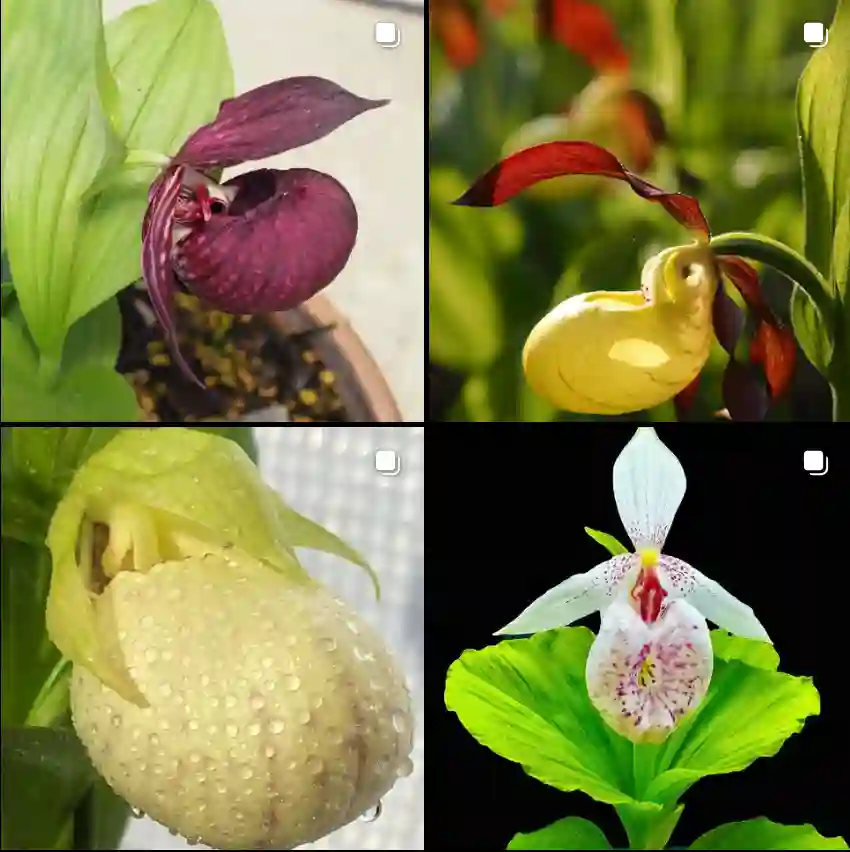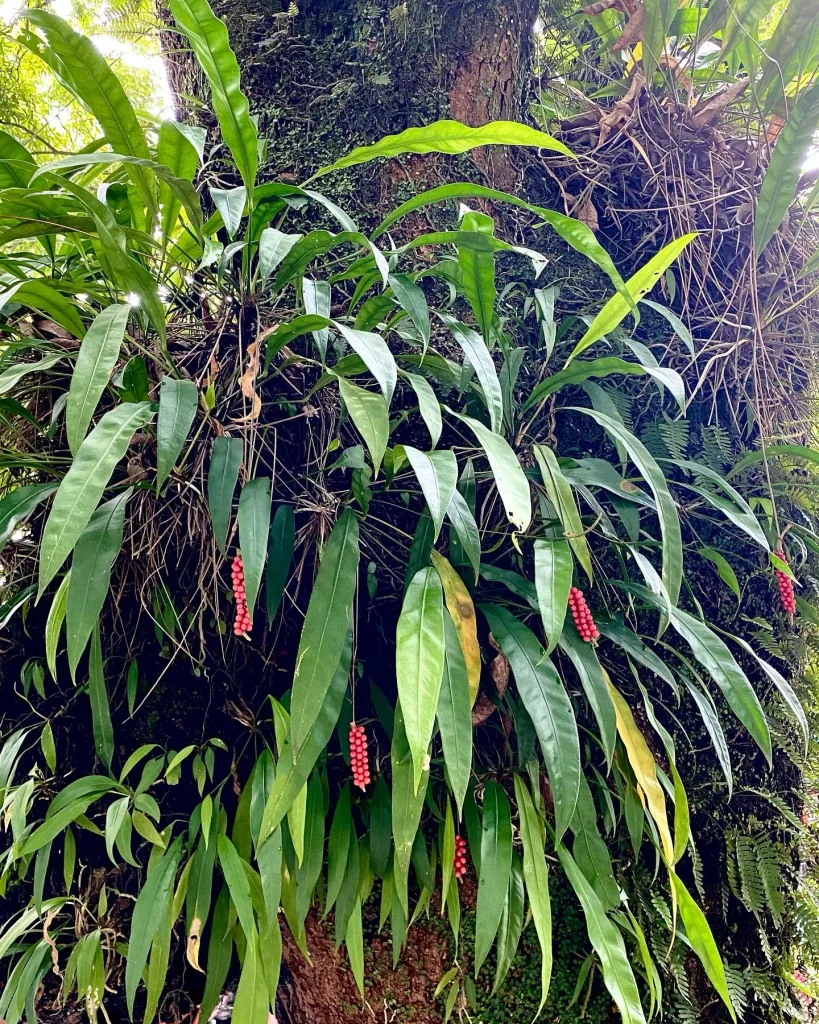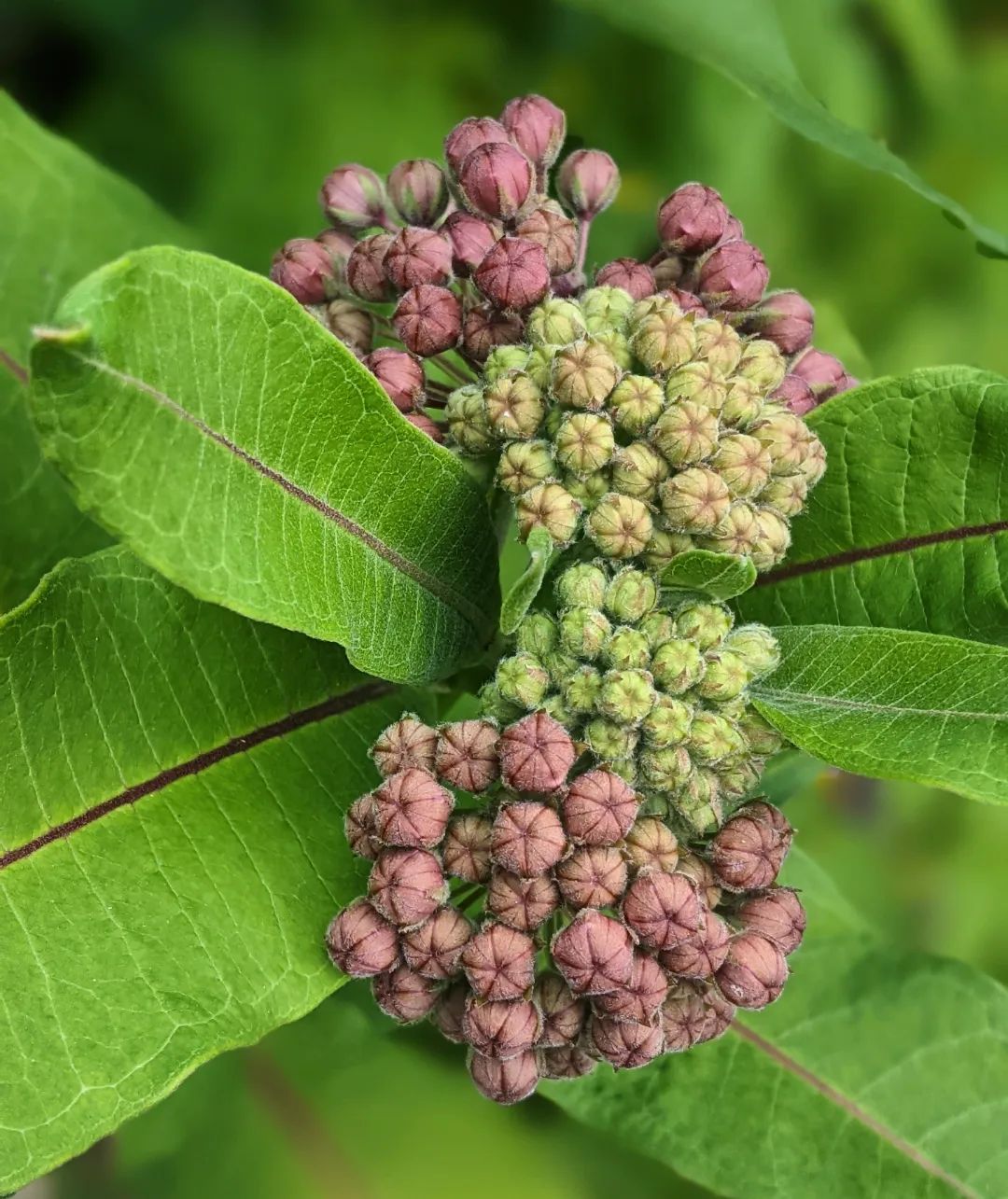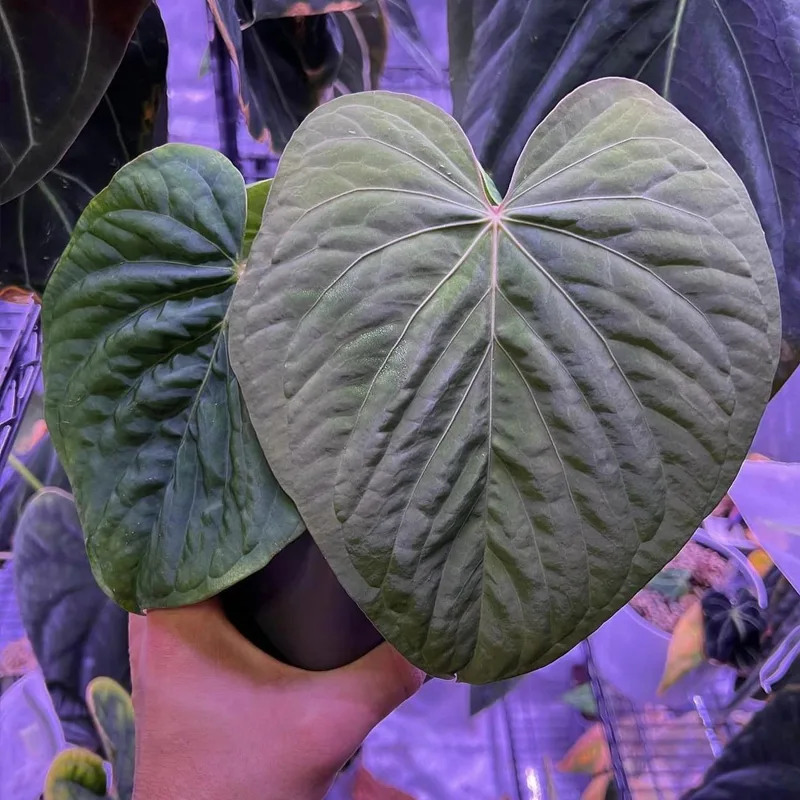My Fascination with Gynostemma
I’m Ferb Vu, and I’ve always been drawn to the intricate world of plants. Their resilience, their diversity, and their quiet strength have always captivated me. Lately, I’ve become particularly interested in the genus Gynostemma, a group of climbing vines native to East and Southeast Asia. These plants, often referred to as “jiaogulan” in Chinese, are not only fascinating from a botanical perspective, but they also boast a rich history of use in traditional medicine.
What initially piqued my interest in Gynostemma was its reputation as the “Southern Ginseng.” While not technically related to ginseng, Gynostemma species contain compounds called gypenosides, which are structurally similar to the ginsenosides found in ginseng. These gypenosides are believed to be responsible for many of the health benefits attributed to Gynostemma.
A Closer Look at the Genus
Gynostemma belongs to the Cucurbitaceae family, which also includes cucumbers, melons, and gourds. Most Gynostemma species are dioecious, meaning they have separate male and female plants. They climb by means of tendrils, and their leaves are typically palmately compound, with anywhere from three to nine leaflets. The small, inconspicuous flowers give way to small, inedible fruits.
One of the most well-known species is Gynostemma pentaphyllum, which is widely cultivated for its medicinal properties. But the genus is more diverse than many people realize. Here are:
- Gynostemma aggregatum C.Y.Wu & S.K.Chen
- Gynostemma cardiospermum Cogn. ex Oliv.
- Gynostemma caulopterum S.Z.He
- Gynostemma compressum X.X.Chen & D.R.Liang
- Gynostemma guangxiense X.X.Chen & D.H.Qin
- Gynostemma intermedium W.J.de Wilde & Duyfjes
- Gynostemma laxiflorum C.Y.Wu & S.K.Chen
- Gynostemma longipes C.Y.Wu
- Gynostemma microspermum C.Y.Wu & S.K.Chen
- Gynostemma pallidinerve Z.Zhang
- Gynostemma papuanum W.J.de Wilde & Duyfjes
- Gynostemma pentagynum Z.P.Wang
- Gynostemma pentaphyllum (Thunb.) Makino
- Gynostemma pubescens (Gagnep.) C.Y.Wu
- Gynostemma yixingense (Z.P.Wang & Q.Z.Xie) C.Y.Wu & S.K.Chen
- Gynostemma zhejiangense X.J.Xue
The Allure of Gynostemma pentaphyllum
Gynostemma pentaphyllum is undoubtedly the star of the genus. It’s been used for centuries in traditional Chinese medicine to treat a wide range of ailments, from coughs and colds to diabetes and cancer. Recent scientific research has begun to validate some of these traditional uses.
Studies have shown that Gynostemma pentaphyllum exhibits antioxidant, anti-inflammatory, and anti-cancer properties. It may also help regulate blood sugar levels, lower cholesterol, and boost the immune system. These potential benefits have sparked a growing interest in Gynostemma pentaphyllum as a dietary supplement and functional food.
My Personal Experiences
I’ve been incorporating Gynostemma pentaphyllum into my own routine in the form of tea. The leaves have a slightly sweet, almost licorice-like flavor that I find quite pleasant. While I can’t personally attest to any dramatic health benefits, I do feel a sense of calm and well-being after drinking it.
Beyond the potential health benefits, I simply enjoy the process of growing and caring for Gynostemma pentaphyllum. It’s a relatively low-maintenance plant that thrives in my garden. Watching it climb and spread, knowing that it holds such potential, is a truly rewarding experience.
The Future of Gynostemma
I believe that Gynostemma, particularly Gynostemma pentaphyllum, holds great promise for the future. As scientific research continues to uncover its potential benefits, I think we’ll see it become increasingly popular as a natural health supplement. I’m excited to see how this fascinating genus continues to evolve and impact the world of health and wellness.
I’m eager to delve deeper into the world of Gynostemma. I plan to continue researching its various species, exploring its traditional uses, and experimenting with different ways to incorporate it into my life. This is just the beginning of my journey with this remarkable genus of plants.
If i die, water my plants!



